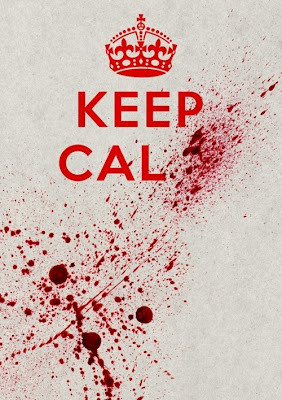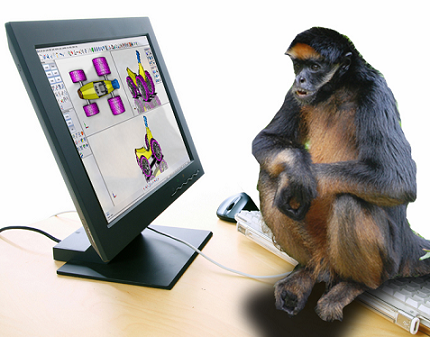470 Interruptions a Week
 After flying 1,000 miles to meet with me, a prospective client and his team from one of the nation’s largest pharmaceutical companies kept looking down at their “productivity enhancing” gadgets—smartphones. I stopped talking. I waited. He and his team were physically in the room but mentally 1,000 miles away.
After flying 1,000 miles to meet with me, a prospective client and his team from one of the nation’s largest pharmaceutical companies kept looking down at their “productivity enhancing” gadgets—smartphones. I stopped talking. I waited. He and his team were physically in the room but mentally 1,000 miles away.
Finally, one of them looked up and said, “Oh, sorry, there’s stuff happening back at the office and these keep us connected.” “Yes, they do,” I replied sarcastically. They were too disengaged to notice. They have technology-enabled Attention Deficit Disorder (ADD) I thought. A few years later, I learned I was right.
Dr. Edward Hallowell, a Massachusetts psychiatrist and ADD expert, says the symptoms of ADD, such as the inability to focus and make thoughtful decisions, are surfacing in the workplace. The source is technological interruptions.
Forbes magazine has pegged the number of e-mail messages received each week by the average office worker at a whopping 470! That’s nearly 500 interruptions, and that doesn’t even include regular phone calls, cell phone calls, or text messages. An article in Time described a study of 1,000 office workers at an information technology firm which found that interruptions waste 2.1 hours a day per person. Extrapolated to the entire U.S.-based workforce, the financial impact is more than $500 billion per year.
Let’s face it folks, we’re frazzing!
“Frazzing,” is a term by Edward Hallowell his book, CrazyBusy: Overstretched, Overbooked and About to Snap—Strategies for Coping in a World Gone ADD, means “frantic, ineffective multitasking, typically with the delusion that you are getting a lot done. The quality of the work, however, is poor.”
And while no one can say for sure how frazzing affects productivity, psychologists have long known that performance decreases in direct proportion to each additional task being juggled. What’s the solution? Go old school… prioritize and problem solve.
Prioritize: Figure out what tasks you must accomplish in a given day, week, or even month. Then, organize your work day so those tasks get done first. Turn off email notification, hit “do not disturb” on your phone, shut your door and hunker down.
Problem solve: Of course, the top of any priority list should be the most difficult tasks, which typically involves solving problems. Start by writing down a clear statement of the problem at hand, continue by listing all possible solutions without filtering good or bad, then move on to prioritizing the potential solutions, pick the best one and begin executing.
Here’s to anti-frazzing!

